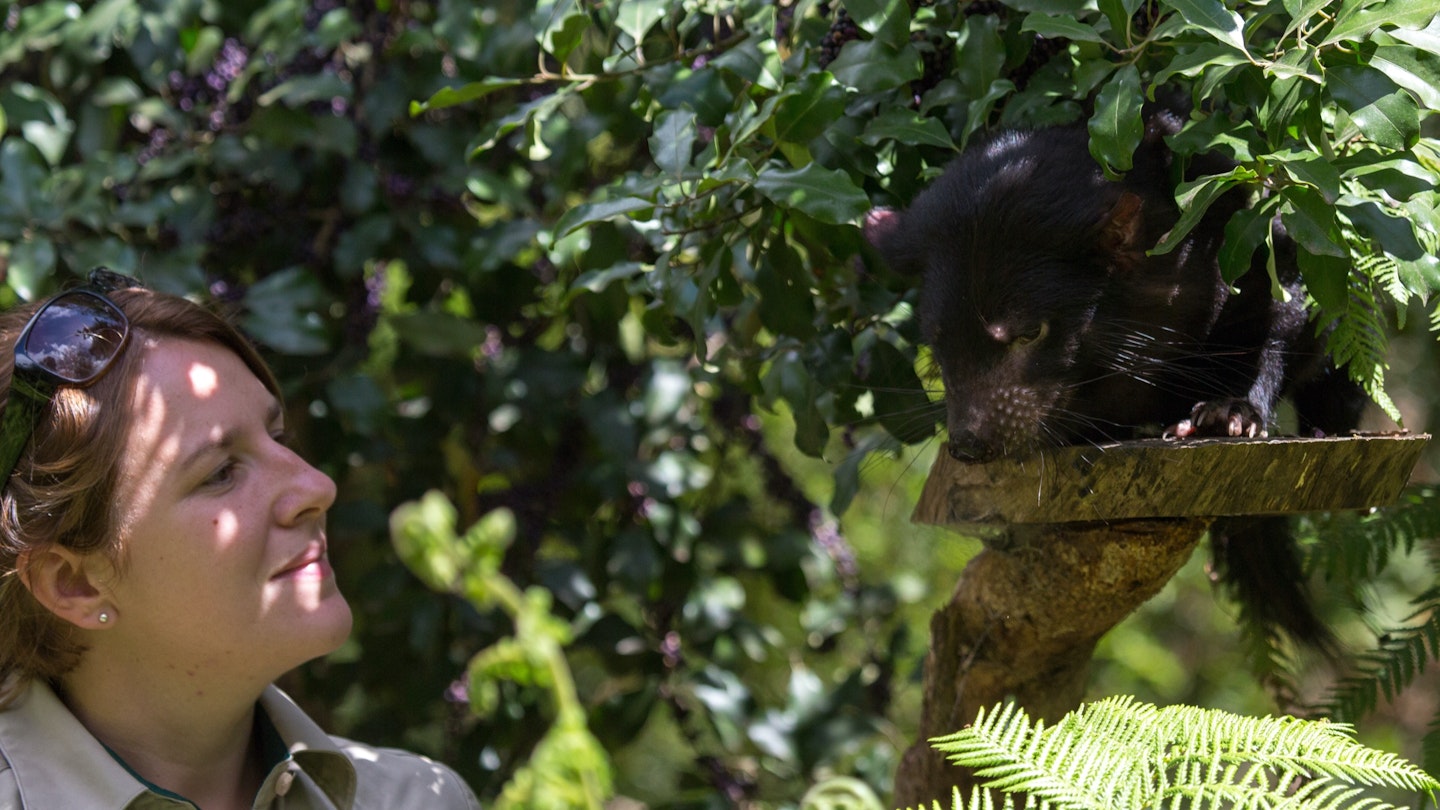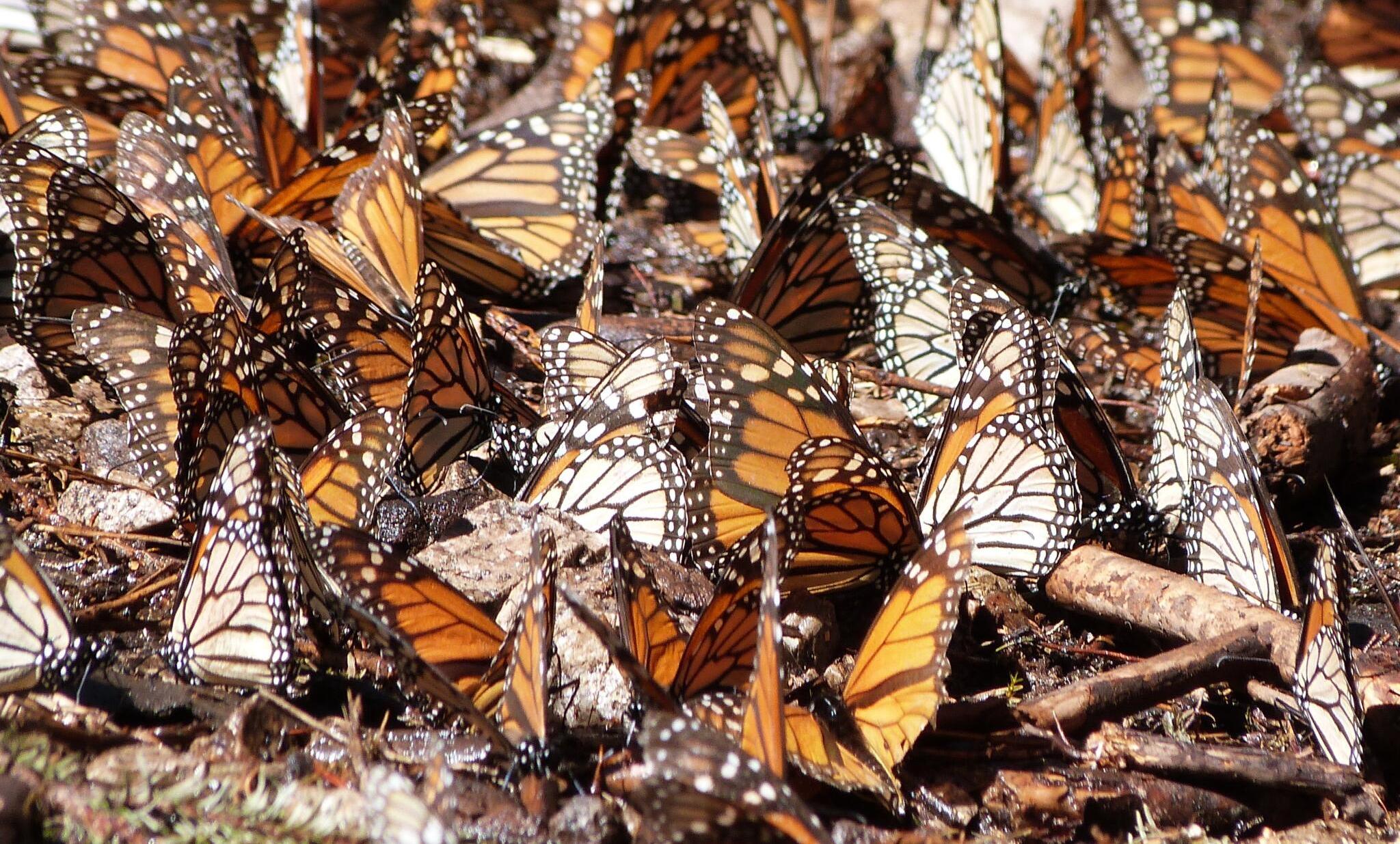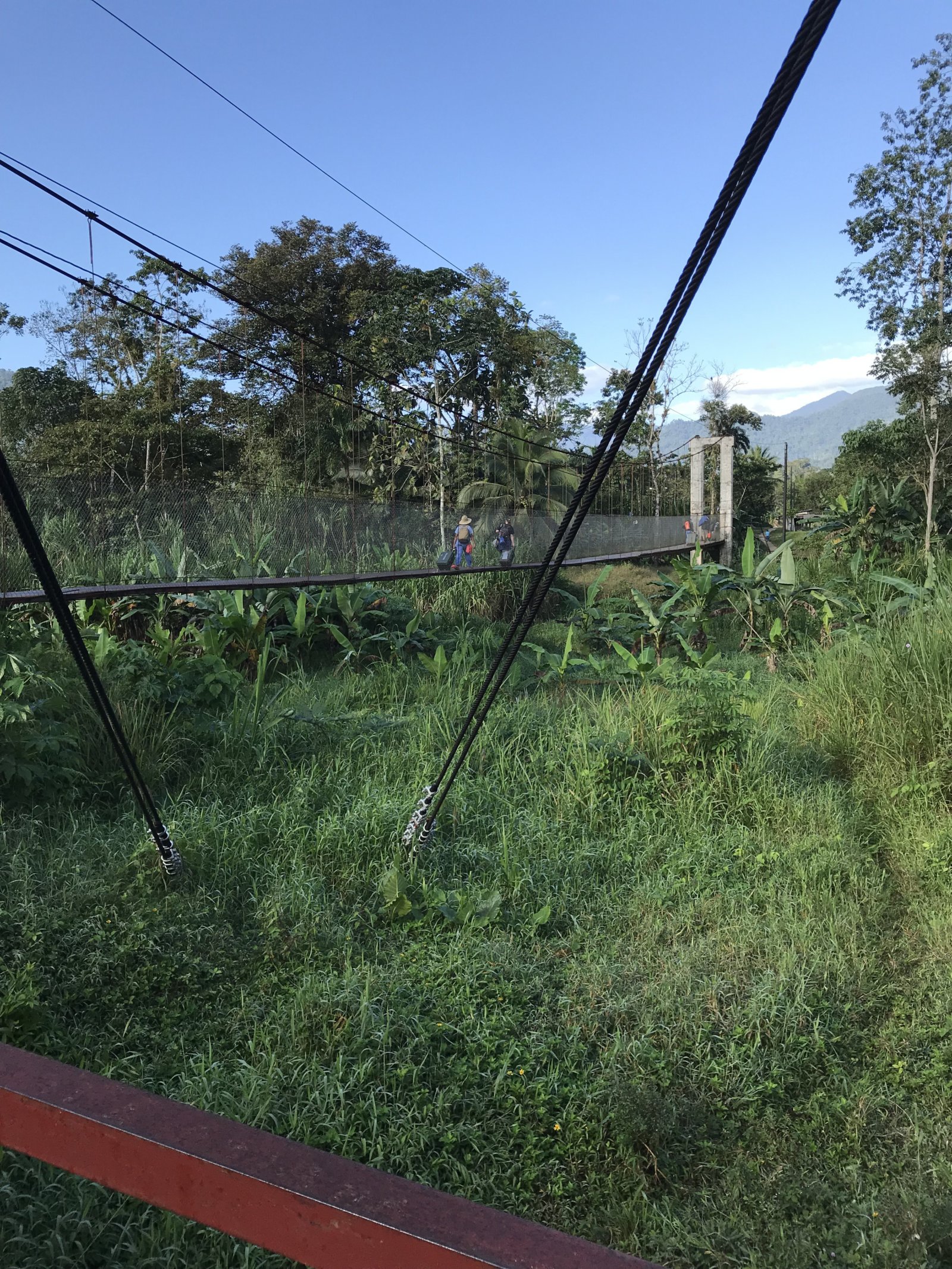Despite the setbacks of the 2020 bushfires and pandemic, Australia is still home to a wealth of exceptional experiences, typified by its world-class food and unique wildlife.
It has been a challenging eighteen months for tourism in Australia. First, devastating bushfires ravaged the southeastern States during the summer of 2019-20, then came the coronavirus pandemic that forced the world to take a breather from international travel. However, Australia hasn’t wasted any time perfecting what it has to offer visitors.
Australia’s major attractions – world-class beaches, the Great Barrier Reef, the Red Centre, Kakadu, and sophisticated Sydney – remain just as appealing as ever. Moreover, “people are increasingly going for more intimate experiences,” states Joost Bakker, a leading sustainability advocate and restaurateur behind the innovative Greenhouse restaurant.
“Australia is unique in what it can offer and is going to be at the forefront of future travel trends with its low population density, vast wilderness, and plenty of places to escape,” he adds. That’s what the rest of the world is craving.
At the heart of the country’s fresh appeal to travelers lies two enduring Australian elements: extraordinary food and unique wildlife.
Melbourne Food & Wine Festival
Melbourne excels in culinary experiences. Pat Nourse, creative director of the Melbourne Food and Wine Festival, notes that for a city with less than five million people, “Melbourne really does compare favorably with London and New York.”
The 2020 version of the festival was meant to take place in March last year, but as the pandemic struck, organizers had to cancel just six days before it was set to begin. A year later, the timing couldn’t be better: the reimagined 2021 festival launched in March 2021 for a domestic audience, coinciding with the world beginning to recover from a year of lockdowns.
“Restaurants here are not merely elements of our food scene. They’re a flourishing part of it,” says Nourse over a morning of musubi and coffee at 279 Victoria Street, located near Melbourne’s iconic Queen Victoria Market. This site is integral to the city’s rich culinary offering, where many festival events will take place.
Melbourne’s restaurants have emerged from the local desire for excellent food, similar to the passion for good sport and art. It is a fundamental part of living well.
The festival aims to make up for lost time and is structured around the theme of ‘one year, three festivals.’ It commenced in March, will return in midwinter, and will culminate in regional Victoria in spring.
Following an extended period of strict lockdowns, the revamped festival signifies that Melbourne is bouncing back.
Healesville Sanctuary
The bushfires that devastated much of southeastern Australia in late 2019 and early 2020 had a catastrophic impact on the nation’s wildlife. Since then, Healesville Sanctuary, located just outside Melbourne, has been instrumental in shaping a powerful recovery narrative.
Healesville Sanctuary has always been among the best venues to see Australian wildlife, featuring koalas, kangaroos, emus, wombats, and echidnas in spacious enclosures. Its sustainability efforts are exemplary; in 2014, Healesville became the first carbon-neutral zoo globally and has nearly eliminated single-use plastics from its grounds while it strives to achieve zero waste sent to landfills. Renewable energy meets 100% of the zoo’s power requirements.
During and after the bushfires, zoo staff traveled to fire-stricken areas to establish triage centers for injured animals, and its advanced veterinary hospital provided care for severely burned koalas.
However, Healesville Sanctuary is committed to long-term efforts.
“Years ago, Zoos Victoria committed to ensuring that no Victorian vertebrate terrestrial species would go extinct under our watch,” says Monika Zabinskas, Coordinator of Healesville Sanctuary’s Threatened Mammals program.
Through scientific research, captive breeding programs, and reintroductions into the wild, species like the eastern-barred bandicoot, Tasmanian devil, great Alpine skink, mountain pygmy possum, corroboree tree frogs, and brush-tailed rock wallaby are all on the mend. However, Leadbeater’s possums, Victoria’s state animal (only 40 survive in the wild), orange-bellied parrots (50), and helmeted honeyeaters (barely 200) are still at high risk of extinction.
Thanks to Healesville Sanctuary’s efforts, these endangered species continue to survive. Notably, it is the only location in the world where you can see them all together.
Wine & Wildlife
It’s not only Victoria where you can enjoy the charm and quiet resilience of Australia’s wineries and wildlife attractions. Queensland and the Northern Territory are among the finest destinations for wildlife-watching on the planet. Meanwhile, Tasmania, New South Wales, South Australia, and Western Australia boast both world-class national parks filled with unique wildlife and award-winning wine-producing regions.
South Australia features accessible and reputable wine regions across the Southern Hemisphere, consistently inviting you to explore their cellar doors. Indulge in the offerings in McLaren Vale, Clare Valley, the Barossa Valley, Coonawarra, and the Adelaide Hills. In each region, you can partake in winery tours, unique experiences, and exquisite dining curated by renowned chefs. Consider Africola in Adelaide, Fino in Seppeltsfield, or d’Arry’s Verandah in d’Arenberg for an outstanding culinary experience.
Not far away, the wildlife on Kangaroo Island is making a remarkable recovery from the bushfires, creating a captivating destination for animal lovers. Seals, birds, dolphins, echidnas, and (of course) kangaroos inhabit this serene island. Engage with the Bushfire Recovery Wildlife Journey from Exceptional Kangaroo Island to learn how you can contribute to the efforts to monitor endangered species.
Another option for those seeking a blend of culinary experiences and wildlife encounters lies on South Australia’s Eyre Peninsula. Sample some of Australia’s best oysters in Coffin Bay through a tour with Oyster Farm Tours or Pure Coffin Bay Oysters, then head to Port Lincoln to swim with sea lions or cage-dive with great white sharks at Adventure Bay Charters.
Western Australia’s attractions are equally prepared for your exploration. In the southwest, the Margaret River region is an exceptional destination for wine and gourmet food, where boutique wineries, craft breweries, artisan cheesemakers, and farmers’ markets come together to create a vibrant atmosphere for travelers. Observe whales with Naturaliste Charters off the southern coast, surf some of Australia’s wildest breaks near Cape Naturaliste, and explore lesser-known national parks, from Stirling Range National Park in the south to Kalbarri National Park a long day’s drive north of Perth.
No matter where you choose to go in Australia, many facets of the experience remain unchanged. Nevertheless, the country is eagerly looking forward to welcoming you back.





